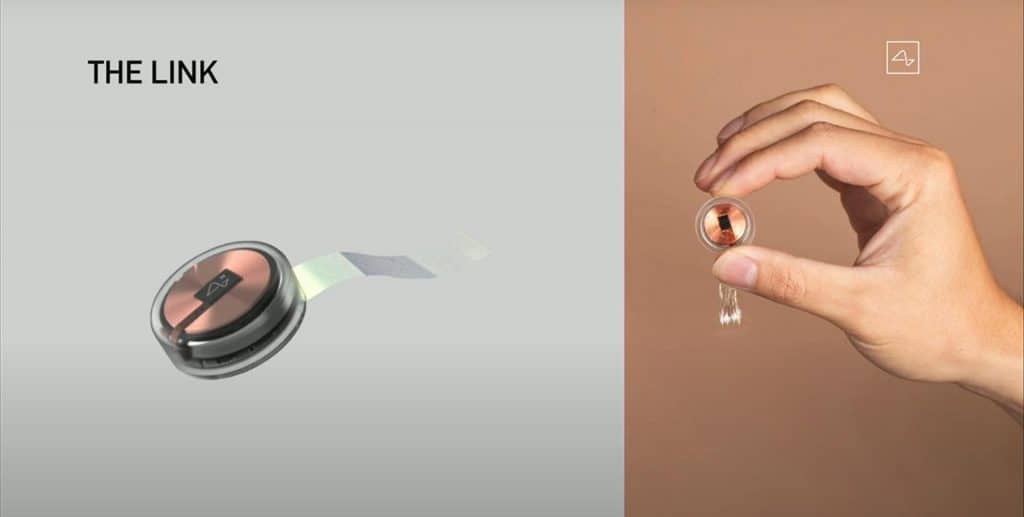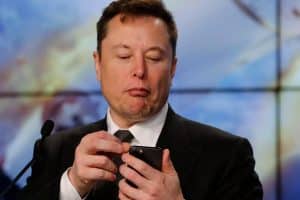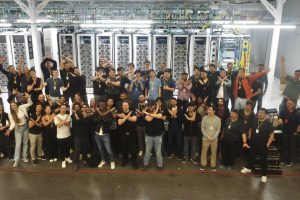Since its first public presentation in 2019, Elon Musk’s brain-machine interface company, Neuralink, has ignited the imagination of tech enthusiasts. But anybody who wishes for a ‘smart’ computer that one day talks to implants in their brain will just have to hope elsewhere. In Musk’s opinion, wearables and handhelds would soon be left in the dust instead in favor of surgically equipped devices.
“Definitely not. Smartwatches & phones are yesterday’s technology, Neuralinks are the future,” the CEO asserted on Twitter in response to an article in CleanTechnica reporting that Tesla was in talks to develop such types of consumer devices. A collaboration was reported to be in place for a smartwatch release on September 15th between the all-electric car manufacturer and Chinese company Huami Technology.
The false claim is a bit strange, particularly coming from Huami CEO Huang Wang, as described in the original Chinese news site IT Home. Maybe it was for advertising, or what was discussed was a Tesla-oriented app. Regardless, Musk’s position on the topic is clear even though he has been using current smart devices to clarify the long-term objectives of Neuralink. “It’s like a FitBit in your skull with tiny wires,” Musk half-joked at a live streamed presentation this year.
While the brain interface of Neuralink won’t have externally wearable tech, it definitely has several analog features in its design. For example, inductive charging is done on the device, just like wireless smartphones are done today. The chip would also have app-type capabilities that phones and wearables provide their users with such features as health tracking and, finally, surfing the internet. Clearly, Musk bets on graphics that are delivered for processing directly to the human brain, rather than asking the eyes to perceive the details first.

In addition, automated processes marked with the ‘smart’ mark often participate in Neuralink’s technology. The computer is built by a ‘smart’ robot, something that can ultimately be completed in an hour. Automation is crucial to fulfill the company’s goals of placing the necessary electrodes as an ambulatory procedure without general anesthesia, bleeding or visible harm. The robot is “still far from LASIK,” but in a few years ‘ time “could get pretty close in a few years,” Musk described in a tweet ahead of last month’s event.
Musk’s concept for Neuralink began after the 2016 Recode Conference of Vox Media, in which he explored tackling the idea of building a brain-implanted neural lace to ward off the threat of bad actors in artificial intelligence. In the big picture, human beings and computers will function symbiotically. For now, the brain implant of Neuralink will focus on health issues such as restoring limb function, enhancing human mobility, addressing eyesight and hearing problems, and dealing with diseases such as Parkinson’s and Alzheimer’s.
Want to buy a Tesla Model 3, Model Y, Model S, or Model X? Feel free to use my referral code to get some free Supercharging miles with your purchase: http://ts.la/guanyu3423
You can also get a $100 discount on Tesla Solar with that code. Let’s help accelerate the advent of a sustainable future.





